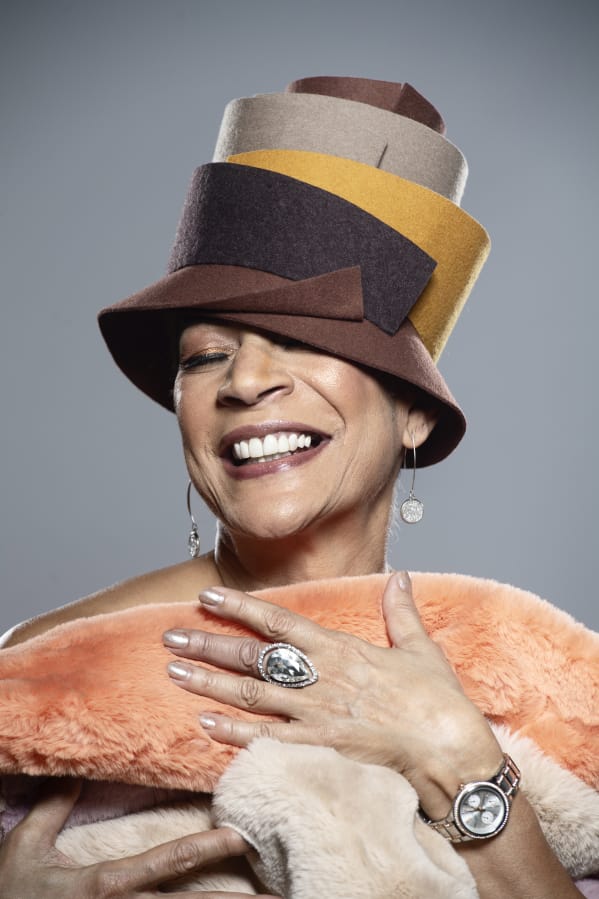WASHINGTON — Stephen Jones is a celebrated British milliner who creates gloriously glamorous hats that are worn by fashion models on the catwalk, social swells at royal weddings and aristocrats when they are doing aristocratic things. Jones, an officer of the Order of the British Empire, is a star in his own right, but in his decades-long career, he has also collaborated with countless world-class design houses. He’s made elegant turbans and dramatic gaucho hats for Marc Jacobs and jaunty newsboy caps for Dior. He’s even dreamed up enormous fur dog heads for Thom Browne.
But for fall 2018, he created a hat named after Elaine Nichols. Nichols is not a fashion insider, a society lady or a noble. She’s an academic: the senior curator of culture at the National Museum of African American History and Culture in Washington. Nichols welcomed Jones to the museum a year ago when he was researching the tradition of hat-wearing in the African-American community. The “Elaine Nichols” hat is part of the resulting collection — one that celebrates icons of black style, such as Josephine Baker and Nina Simone, as well as the generations of anonymous black women who have expressed themselves through millinery.
The “Elaine Nichols” is a special thank you to the curator and to the museum — both of which deeply informed his work. The hat, in shades of caramel, chocolate and mocha, is like an extravagant layered dessert with its shape inspired by the David Adjaye-designed museum itself. Its base is a cloche. And as it rises three levels skyward, it takes on the grandeur of a crown. But it’s collapsible; a woman could pack it into her carry-on. It’s portable glamour.
This hat, like so much of Jones’ work, is terribly chic. It evokes Harlem Renaissance sophistication mixed with modern-age swagger. And for many women — for whom a knit beanie and a baseball cap are the extent of their millinery wardrobe — this hat could be far too intimidating to wear.



